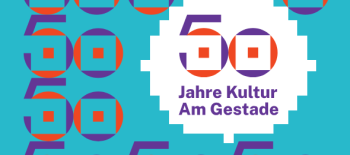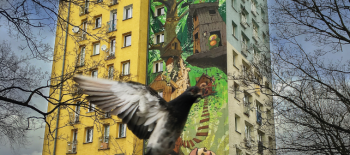Internationaler Tag des Gedenkens an die Opfer des Holocaust
27.01.2018
The Auschwitz camp was the largest German concentration and extermination camp. It was created as a result of the growing number of mass arrests of Poles by the occupying force and the overcrowding of existing prisons in German-occupied Poland.
Two years later, the camp also became one of the centres used for the implementation of the Endlösung der Judenfrage (the ‘final solution’ to the Jewish question) – the Nazi plan to murder Jews who inhabited the areas occupied by Nazi Germany.
In Auschwitz-Birkenau concentration camp alone, the German criminals murdered between 1 and 1.5 million people, including about one million Jews, many of whom were citizens of the Republic of Poland.
The German apparatus of terror carried out the Holocaust not only in Auschwitz but also in hundreds of other concentration camps across Germany, allied Axis states and in areas occupied by them, in ghettos as well as during executions carried out on the streets of many European villages and towns. It is estimated that 6 million Jews were killed during World War II.
Thousands of graves, monuments and other places of remembrance pay tribute to the memory of the mass genocide. During the war, Auschwitz-Birkenau was particularly infamous. Although many victims of the Holocaust do not even have their own graves, their memory is kept alive by people, institutions and events such as the International Day of Remembrance for the Victims of the Holocaust.
During the Second World War, the Polish government-in-exile and thousands of Poles, guided by their sense of shared human solidarity, were involved in helping Jews, despite the fact that the punishment for doing so in occupied Poland was the death penalty. Operating under the auspices of the Polish Government in Exile, the Council to Aid Jews „Żegota“ was the only state organization in occupied Europe which was established specifically to save Jews. Poles also constitute the largest group to be awarded the Righteous Among the Nations title, bestowed by Yad Vashem’s Holocaust Martyrs‘ and Heroes‘ Remembrance Authority.
One of the Righteous Among the Nations is Irena Sendler. While working at the City of Warsaw’s Department of Social Welfare, in 1939-1942 Sendler and her colleagues saved almost 2,500 Jewish children from the Warsaw Ghetto. The Sejm of the Republic of Poland established 2018 as the Year of Irena Sendler.
MFA Press Office



